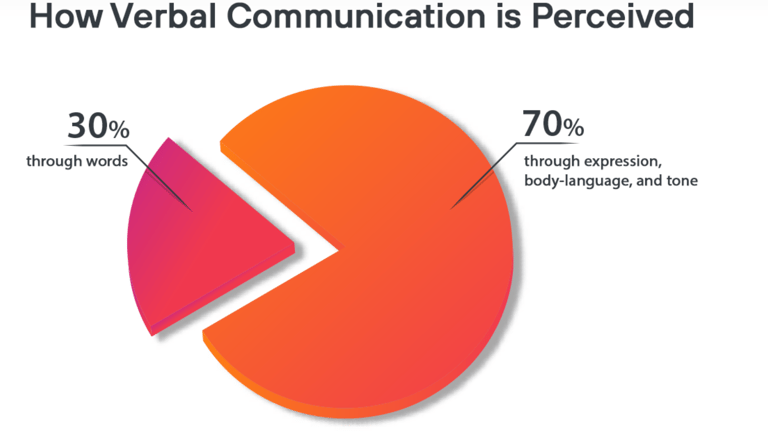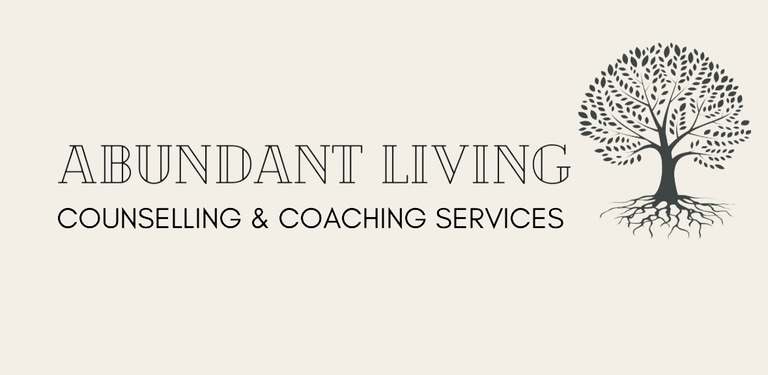Body language
Understanding Body Language and Its Importance
Did you know that most of our communication isn't done through words? Beyond spoken and written language, there's body language, which is responsible for much of the message we convey to others through gestures and behaviors.
According to the image and research above, you can see that 70% of our communication comes from body language. That's right, 70% of our communication comes from body language. Just reading this made you think about your body language?
Understanding Body Language and Its Importance:
You might have experienced a situation where you felt someone was contradicting themselves. Perhaps your intuition was right, as it is a way of interpreting and understanding all elements of communication, such as body language, tone of voice, the words used, and movements, checking for harmony. When someone says something verbally but their body communicates something different, it can be confusing. Therefore, it’s important to be aware of these signals to better understand the people we interact with.
Have you ever met someone who speaks in a certain way, but their behaviors are insecure, as if they feel uncomfortable with your presence or what you said? People’s behaviors can tell you much more about them than you might imagine.
Communication and Perception: Body language forms a substantial part of how we communicate and understand others. It can convey emotions, intentions, and attitudes more vividly than words alone.
Emotional Expression: Our body language often mirrors our emotions. For example, smiling typically indicates happiness or friendliness, while frowning can signal displeasure or sadness. Being aware of these cues helps in understanding one's own emotions and those of others.
Physical Effects:
Stress Response: Body language can trigger physiological responses linked to stress. For instance, tense muscles, shallow breathing, or clenched fists can accompany feelings of anxiety or tension.
Posture and Health: Maintaining good posture not only enhances physical appearance but also supports musculoskeletal health. Conversely, poor posture, such as slouching, can lead to muscle strain, back pain, and fatigue over time.
Energy Levels: Engaging in expansive, open gestures and movements can boost energy levels and mood. Conversely, closed-off postures may contribute to feelings of low energy or lethargy.
Common Body Language Signals:
Scratching the Head: This gesture shows that the person is nervous, doubtful, and indecisive, conveying a message of restlessness and mental confusion.
Crossed Arms: This common gesture indicates an attempt at isolation and disagreement, showing discomfort in a conversation.
Leaning Forward: When someone leans forward, it signals interest and a desire to get closer, often seen in romantic encounters.
Leaning Back: Leaning back indicates boredom or annoyance, suggesting the conversation is not engaging.
Unfocused Gaze: Demonstrates mental confusion or lack of interest, often seen when someone is not paying attention in a conversation or presentation.
Fixed Gaze: Can indicate various feelings, like sadness or enthusiasm. Maintaining eye contact can show attentiveness, while intense eye contact can cause discomfort.
Hands on Hips: This behavior can indicate impatience, aggression, or a need for attention.
Fidgeting Hands and Feet: Indicates anxiety, stress, and nervousness, often seen in anxious individuals.
Do you understand the importance of body language?
Understanding and utilizing body language effectively can enhance interpersonal relationships, improve self-awareness, and promote both psychological well-being and physical health. From today, may you be more aware of your body language so you can better understand your feelings and the meaning behind each gesture.




